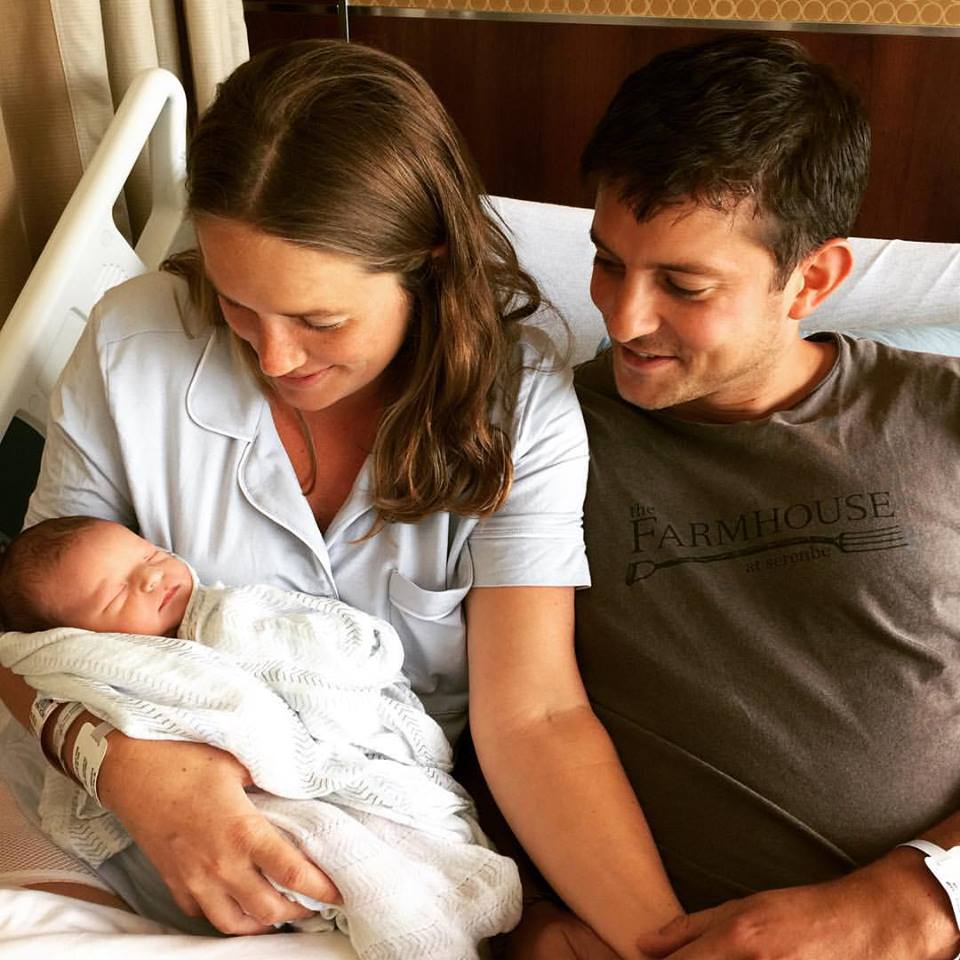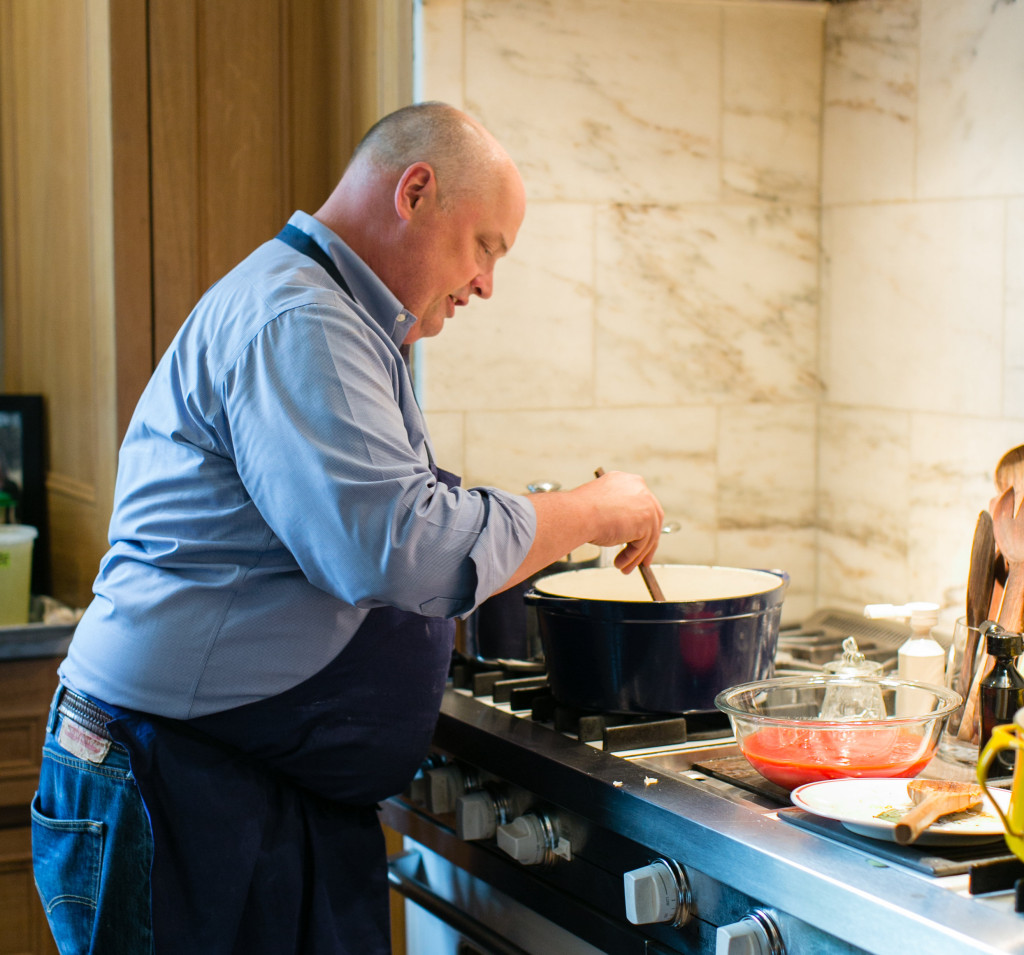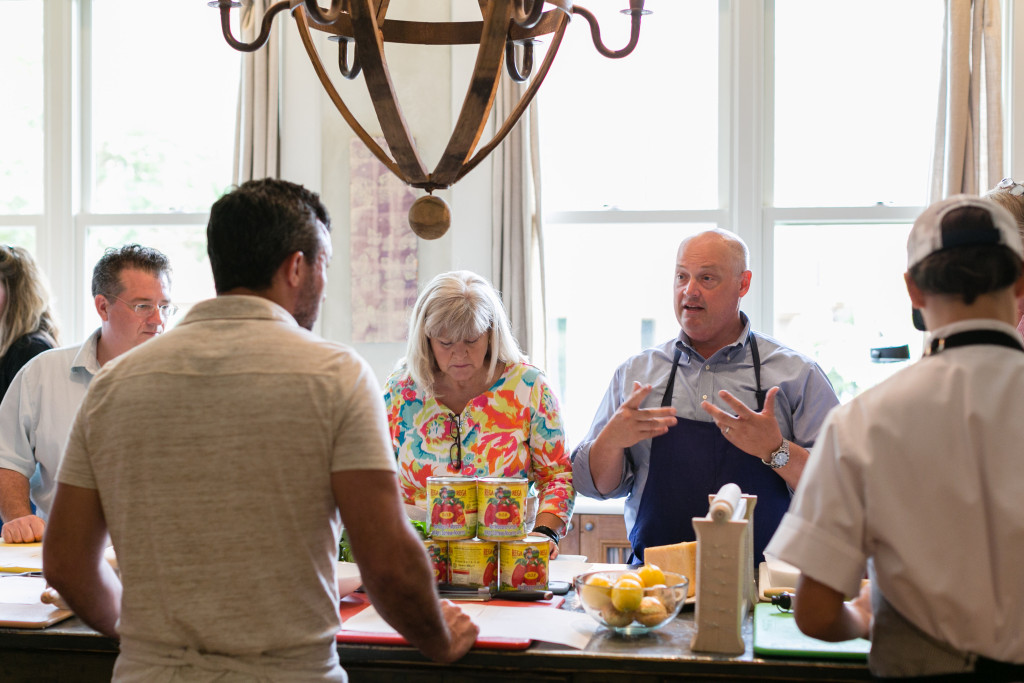AA Meeting: Losing A Cat and Gaining A Grandson
Written by Marie, Posted in Miscellaneous
It all started with Felix.
Six years ago, when Kara and Garnie lived together, they adopted a beautiful flat-faced Persian cat that had been abandoned in a mobile home park in South Georgia.
They named him Felix but called him Monkey Man. He was the coolest cat ever.
On June 26th, Felix had a heart attack and died. One minute he was walking around and the next he was gone. Garnie texted the family and we headed to her place. When we get news like that, we all just show up.
We gathered and said goodbye to Felix, then went our separate ways. Kara’s mother-in-law Kristen was in town for the impending birth and she and I set off on a walk through Mado, Serenbe’s newest hamlet-to-be, with Steve and four other people. As we walked through the woods, we got a call from Kara, saying, “I think my water has broken.”
Low and behold, it had. And this is normally where the story would include a mad dash to the hospital, but Kara was having none of it. She was two weeks shy of her due date, in the process of turning Camp Serenbe over to her assistant, and could not be convinced to shut down her laptop. Micah said, “We need to go to the hospital,” to which Kara replied, “No, I’m not ready.”
Typical Kara: She has things to do.
So Kristen and I retired to our respective places to await the call that Kara has gotten everything done and was en route to the hospital. In the meantime, I packed a bag of food: cheese, prosciutto, watermelon, blueberries, chocolate and a couple of sandwiches.
Typical Marie: Wherever we’re going, let’s be well-fed.
We got the call and headed out, desperately trying to keep up with Micah, who was speeding because the contractions had started. They got there, checked in and we were right behind them.
The wait began.
Steve and I were in the room with Kristen, who’s a certified midwife, but we could only talk to Micah per Kara’s instructions. Watching the two of them together — and seeing Micah tend to her — was nothing short of exquisite.
Garnie and Quinn arrived, planning to stay only an hour. Kara was in active labor – Kristen and I knew what she was going through, but unless you’ve done natural childbirth, there’s no way you can describe the pain. Though she’d never been to a birth before, Garnie walked in, assessed the situation, walked over to Kara and essentially became her doula.
Typical Garnie: The CEO of everything. Lead the charge; deal with the situation.
When Kara and Garnie were in high school, they were on the cross country team together. Garnie brought that training into the labor room and it clicked. “See the top of that hill? That’s where we’re going. Just focus on that hill,” she said and totally got in synch with Kara.
After 10 hours of active labor, Amos Nygren Adler, all 6 pounds, 6 ounces of him, arrived at 2:54 a.m. on June 27th.







